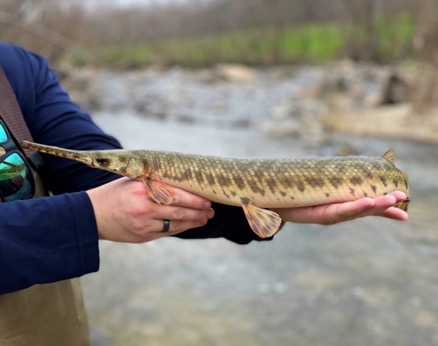Last Updated on May 15, 2024
Happy Wednesday, River Authority blog readers!
If you’ve been following news about the San Antonio River over the past few months, you may have heard of a resident fish species being observed for the first time in the Mission Reach: the Spotted Gar!
Pictured Above: A River Authority aquatic biologist holds a Spotted Gar (Lepisosteus oculatus). “Lepisosteus” is Greek for “bony scale” and “oculatus,” which means “provided with eyes” in Latin, refers to their characteristic dark spots.
This primitive-looking fish is one of three native gar species found in the San Antonio River Basin along with the Longnose Gar (Lepisosteus osseus) and the Alligator Gar (Atractosteus spatula). On today’s blog, we’ll take a dive into the details of this ancient fish (one of the first true Texas native species around!). Let’s go!
Living Fossils
Gars have been around a very long time; scientists currently estimate they emerged during the Cretaceous period some 65 to 100 million years ago, which places them on planet earth at the same time as dinosaurs. And they haven’t lasted this long on luck alone! Gars retain unique features that have helped them survive and thrive through the millennia including large, armored scales, a special swim bladder that allows them to breathe oxygen through both the water and the air (they can live in oxygen depleted environments), and corkscrew-shaped lower intestines—a primitive feature common in sharks that increases absorption of nutrients.
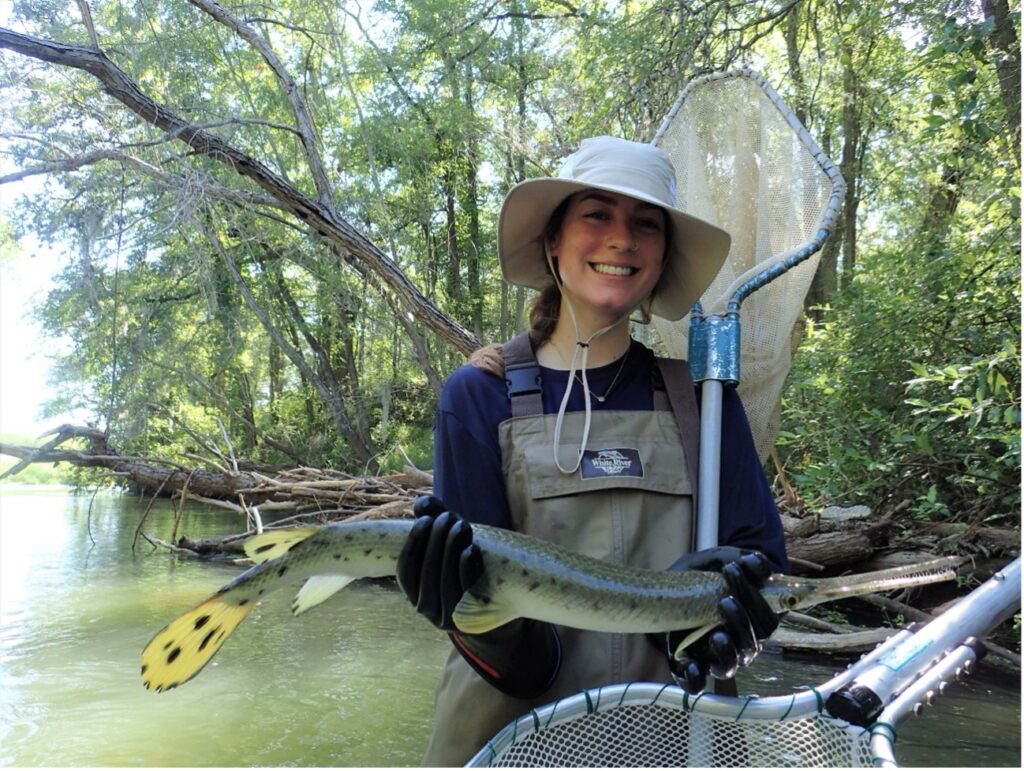
Highly voracious predators, gars use their sharp snouts and needle-like teeth to catch insect larvae, crustaceans, and fish, like warmouth, bluegill, and spotted sunfish. Pictured here is a Longnose Gar.
Identifying The Spotted Gar
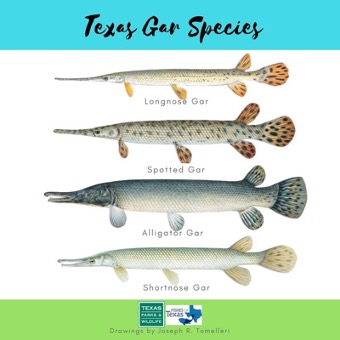
The Spotted Gar is one of the smallest species of gar found in North America, growing to a length of 3 feet (0.9 m) and weighing an average of 8 pounds (3.6 kg). Like all gars, this species has a long, cylindrical shape with an elongated snout, although it differs from the wide alligator-like snout of the Alligator Gar, which they and other gar species are often confused for. Their upper body is brown to olive with silver-white sides. The feature that distinguishes the Spotted Gar most is their olive-brown to black spots covering the head, body, and especially the pelvic and pectoral fins.
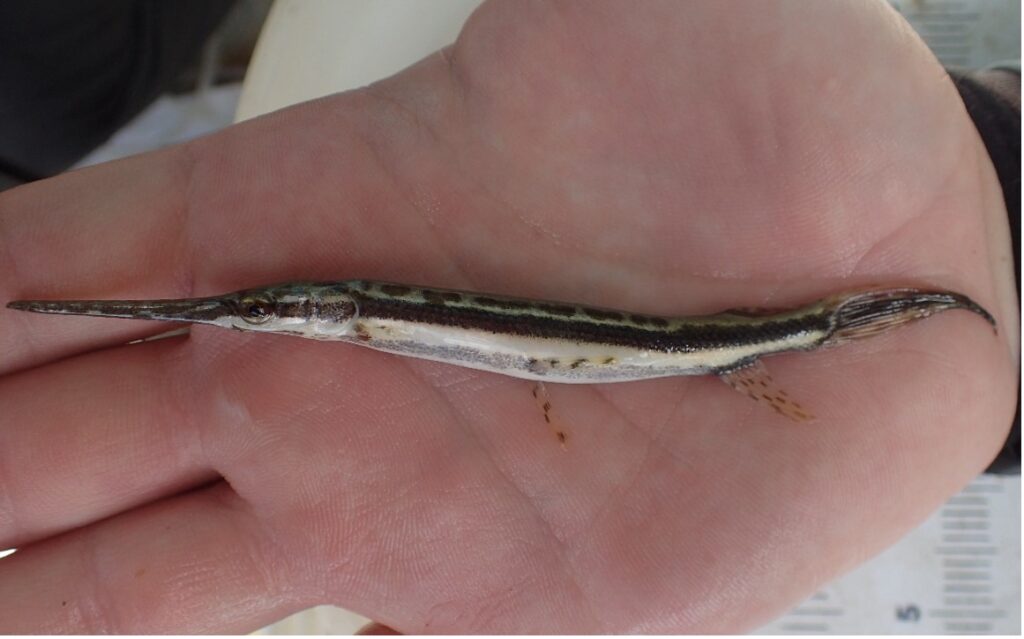
A broad, dark stripe can be found on the sides of immature Spotted Gar, like the one pictured above.
Where to Find Spotted Gar in the San Antonio River Basin
River Authority aquatic biologists “spotted” this gar species in the Mission Reach section of the San Antonio River for the first time in December 2023. However, our biologists have seen Spotted Gar a total of 91 times since 2012 in different sections of the San Antonio River watershed, including Leon Creek, Salado Creek, Medio Creek, Cibolo Creek, Medina River, and the Upper and Lower San Antonio River (from the Mission Reach to the confluence with the Guadalupe River some 240 miles south). The Spotted Gar prefers clear, shallow, slow-moving, and vegetated waters of rivers, creeks, swamps and lakes—a reason why they developed an ability to gulp air to survive in these low-oxygen environments.
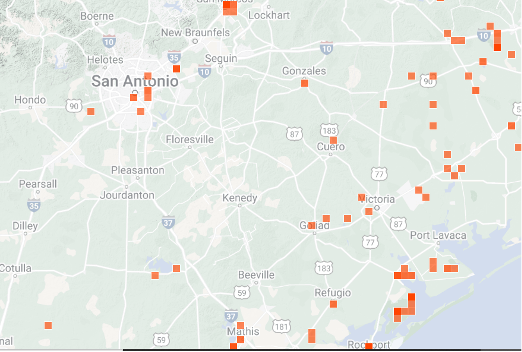
According to the iNaturalist app, citizen scientists have observed the Spotted Gar in the San Antonio River Basin numerous times since 2008.
“Trash Fish” No More!
If you’ve spent some time fishing in Texas, you may have heard gars referred to as “trash fish.” Some anglers believe it is because they can eat lots of fish and competing for catches, or that they are difficult to clean. However, this unfortunate nickname seems unwarranted when considering that Spotted Gar, like all native species, plays an important role in our local ecosystems. According to Texas Parks and Wildlife Department, the Alligator Gar is the only gar species currently afforded any protections in Texas. So, how we help protect the Spotted Gar? First and foremost, the River Authority recommends catch and release of all fish species (except for invasive species) in the San Antonio River Basin to help keep populations healthy. Second, taking part in keeping area creeks and rivers clean by disposing of litter properly and picking up trash when you see it on the ground is another excellent way to help protect native species.
Together, we can achieve healthy litter-free waterways for the spotted gar and other native species to thrive in for years to come!

